From its origins in icons and frescoes of the tenth to the seventeenth century and naïve portraiture of the seventeenth century, a secular tradition of painting has flourished in Russia for three centuries. The founding of the Academy of Fine Arts in St. Petersburg in the middle of the eighteenth century, its many Western European instructors, and its practice of sending the most talented students on study trips to Italy, Germany, France, and other Western European countries has made Russian art a prominent branch of European art. Bronze Horseman carries scholarly books on many individual artists. For example, Fedor Rokotov, Dmitrii Levitskii, and Vladimir Borovikovskii, among the first large Russian talents of the eighteenth century, are subjects of recent monographs. The careers of major nineteenth-century artists—Alexander Ivanov, Karl Briullov, Aleksei Venetsianov, Fedor Tolstoi, Ivan Shishkin, Isaak Levitan, Arkhip Kuindzhi, and Il’ia Repin—unfold in recent exhibition catalogues. The turn of the 20th-century, a time of great creativity and ferment in Russia called the Silver Age, is represented in monographs on such artists as Alexander Benois, Nicholas Roerich, and Valentin Serov. Such figures of the avant-garde as Kazimir Malevich, Pavel Filonov, Nikolai Suetin, and Natalia Goncharova are the focus of exhibition catalogues. Historical surveys, albums, reference books, and catalogues imported by Bronze Horseman all publish fresh research and visual material about Russian painters, schools of paintings, and artists’ associations.

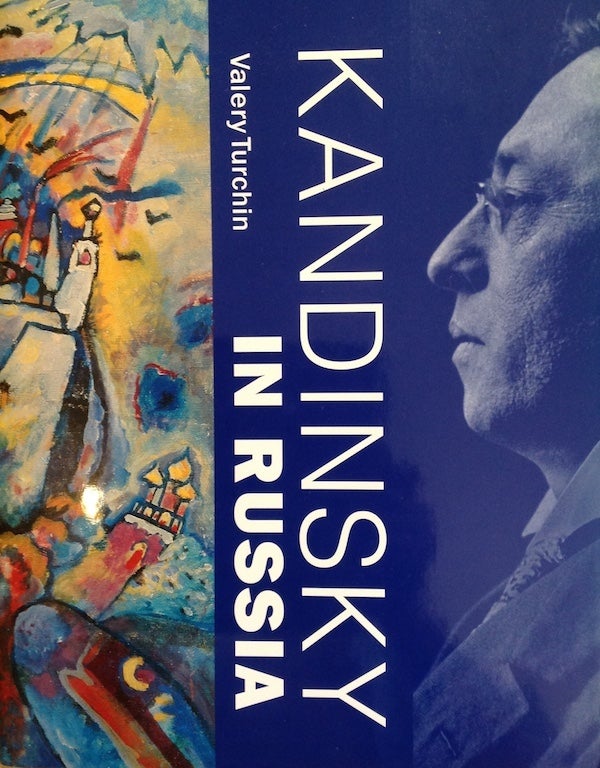

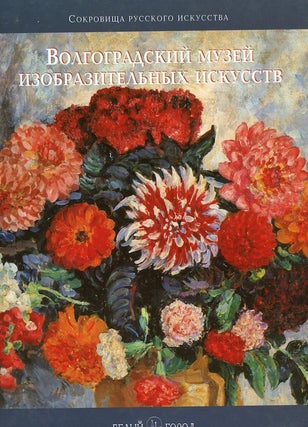

![Item #973 Russkie khudozhestvennye laki. Katalog Kollektsii [Ermitazha] (Russian Lacquers, 18th...](https://bronzehorsemanbooks.cdn.bibliopolis.com/pictures/973.jpg?width=320&height=427&fit=bounds&auto=webp&v=1491239275)
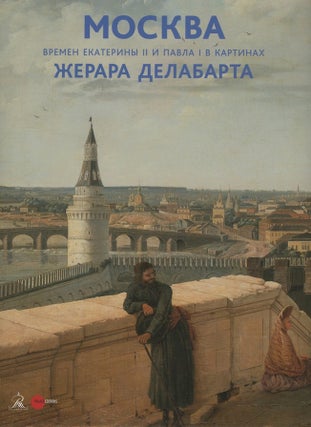
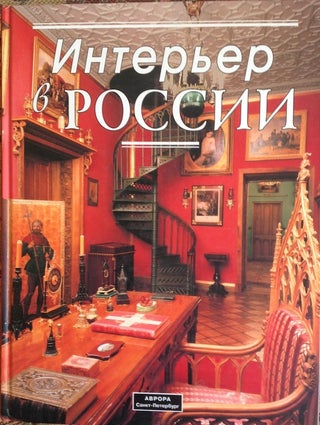

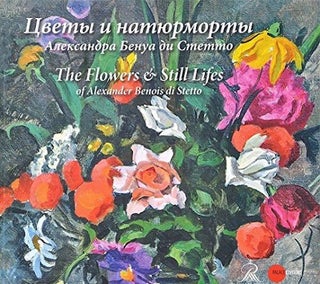

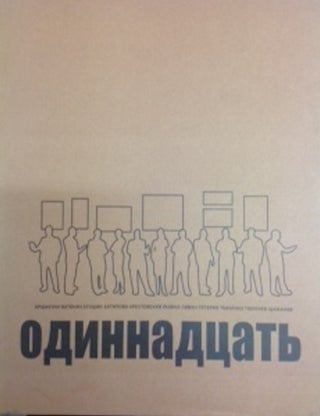


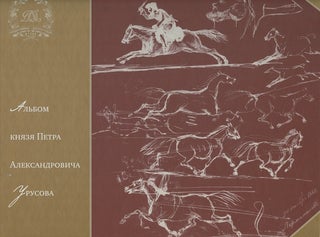
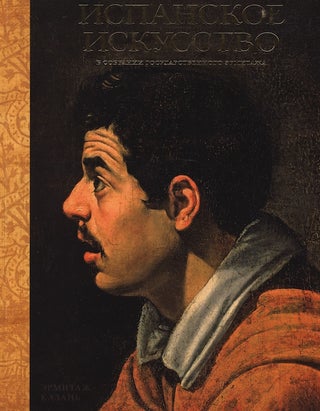




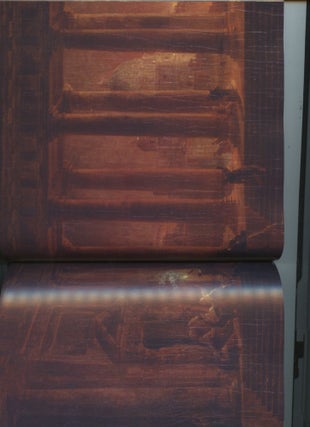
![Item #2056 Andronov. Egorshina ([Nikolai] Andronov, [Nataliia] Egorshina). Lev Mochalov](https://bronzehorsemanbooks.cdn.bibliopolis.com/pictures/2056.jpg?width=320&height=427&fit=bounds&auto=webp&v=1487564545)
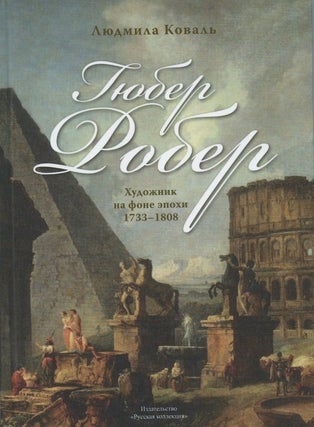
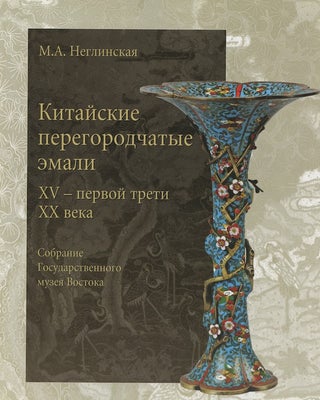

![Item #2203 Portret aktrisy Zhanny Samari ([Renoir's] Portrait of the actress Jeanne Samary). M....](https://bronzehorsemanbooks.cdn.bibliopolis.com/pictures/2203.jpg?width=320&height=427&fit=bounds&auto=webp&v=1509419437)